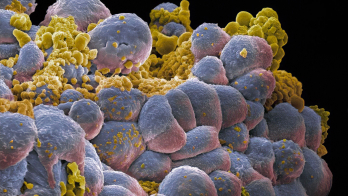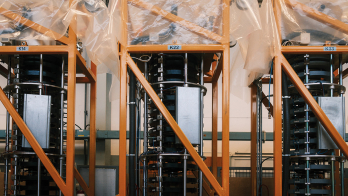By Tom Francke and Vladimir Peskov
IGI Global
Hardback: $215
E-book: $215

Research in nuclear physics is inconceivable without the Geiger counter. This gas-filled instrument allows both the presence and the energy of ionizing particles and radiation to be measured. It is now 100 years since Hans Geiger designed the arrangement of its electrodes, but this construction is still used in most current gaseous detectors. In this arrangement, the electrons produced by collision and ionization of the gas atoms are multiplied in the electric field around a thin wire, and the resulting avalanche of electrons delivers an easily detectable signal.
It is only recently that other electrode arrangements for gas counters have been proposed and tested. Besides offering improved properties such as higher counting rates, a certain number of prior conceptions of the electron amplification process had to be revised. These new counters are called “micro-pattern gaseous detectors” because the same lithographic technique is used for their production as is employed in the semiconductor industry.
In their book, Francke and Peskov describe the complete historical development of these counters and discuss the properties and special features of each type. Smaller detectors with a sensitive window of up to 30 × 30 cm2 can be built using the lithographic technique exclusively. These are mainly detectors in a hermetically sealed housing filled with high-pressure gas. Detectors of this type are very stable for many years. For example, the detector of the two-axis diffractometer D20 at the Institut Laue–Langevin has been operating for 14 years. Detectors with larger sized windows work at normal gas pressure and with constant gas current. Their electrodes still have to be assembled precisely by hand.
This handbook should allow every research scientist to choose and produce the best detector possible for a specific application. Numerous pictures with descriptions and many diagrams assist in making a good choice, while the detailed bibliography is particularly helpful.







